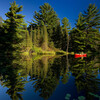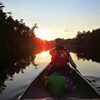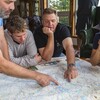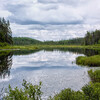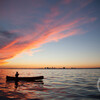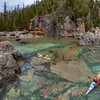
Tips for Taking the Best Wildlife Photos
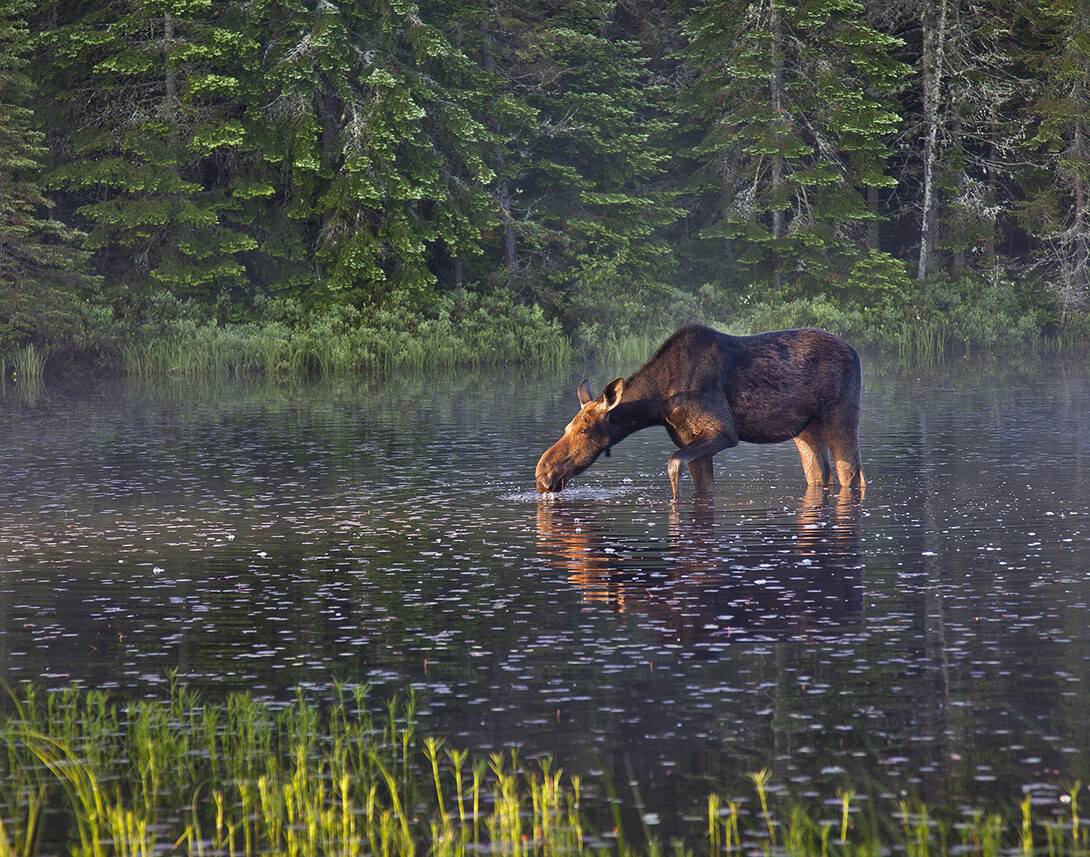
There is an old saying that you photograph the things you value the most. The things you would most miss if they were lost to you. In my 40 years as a professional photographer, that has certainly been proved true to me time and again.
Algonquin, its landscapes, and its wildlife, have been my most favourite subjects (after photos of my family). Growing up on the edge of the north side of Algonquin Park in the 1970s, almost all of my spare time was spent camping, fishing, and taking photos in the park. Thousands of images later, its beauty still draws me back.
One of best and most easily accessible backcountry locations that I have found for wildlife photography is Hailstorm Creek.
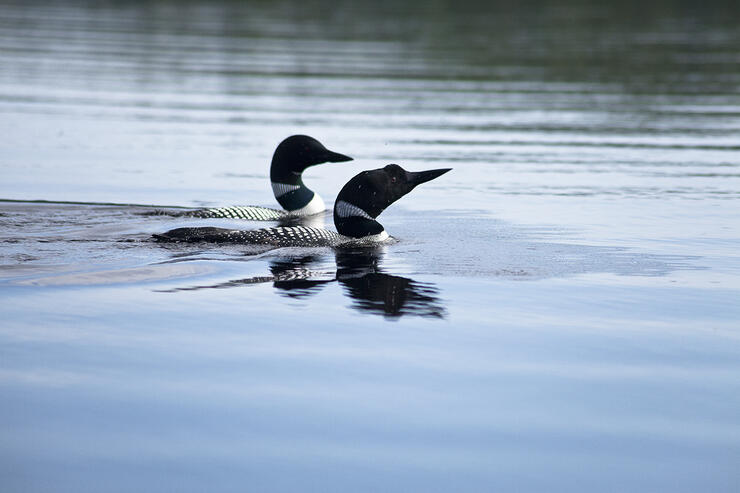
With its moose, loons, ducks, and countless songbirds, it is one of the most beautiful places in Algonquin.
Set Up A Backcountry Base Camp
I recommend taking a water taxi and then setting up a base camp on the North Arm of Lake Opeongo, near the mouth of Hailstorm Creek.
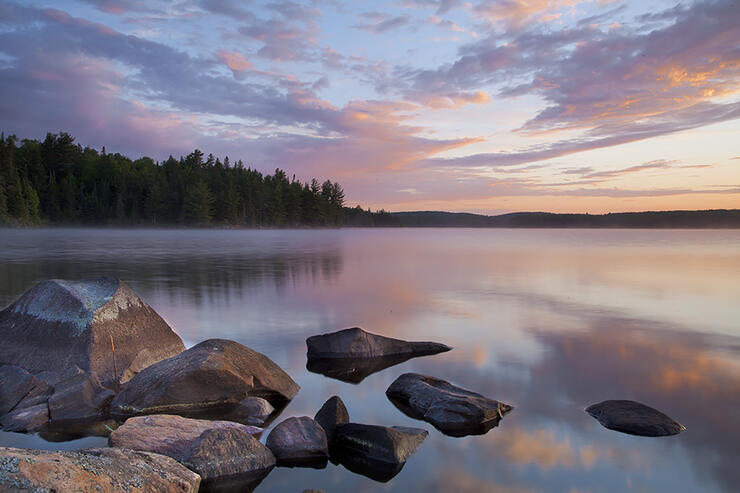
With fantastic sunrises and sunsets, colourful views out over the lake in a variety of lighting conditions, as well as easy access to explore several kilometres of the creek and its wetlands, it’s a photographer’s dream location.
The campsites are Ontario Parks backcountry sites so you will need a permit. They are well away from the Highway 60 corridor, and being there for a few days means being completely self-sufficient.
The good news is that since you, your camping equipment, your photography gear, and your canoe can all be transported in a water taxi, you don’t have to travel like an interior canoe tripper.
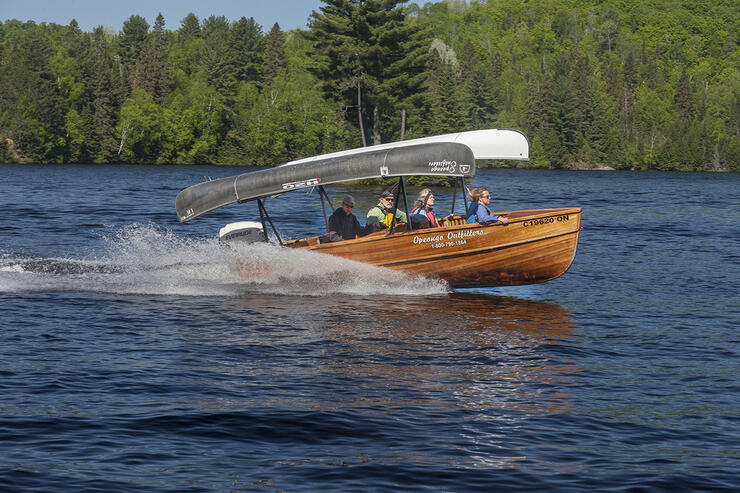
In fact, as long as you can stand the mild embarrassment of having bystanders watch you loading the water taxi, you can take almost anything you would take car camping. You simply unload at a campsite near Hailstorm Creek and make yourself comfortable. However, I do recommend that you follow proper backcountry etiquette.
If you don’t have your own camping gear or canoe for a trip like this, either Opeongo Outfitters or Algonquin Outfitters Opeongo Store, both of whom offer water taxi services, can happily rent you everything you need and provide you with enough food and water for the length of your stay. They can drop you off at your campsite with their water taxis and faithfully return to pick you up at the appointed time on your chosen day.
TIPS FOR PROTECTING YOUR CAMERA GEAR
Travelling in the wilderness with photography equipment adds an entirely new layer of planning to your adventure.
Travelling By Canoe
As you will be doing short day canoe trips and living outside, you must be prepared for the possibility that you and the gear could get wet. Hopefully, it will just be from rain, but remember the old saying: “There are only two types of paddlers. Those who have dumped a canoe, and those who will dump a canoe.”
A solid waterproof case is a must. My favourite is my trusty Amvona Dry Case and carrying bag. It’s not the best backpack in the world, but inside the bag is a Pelican style hard case. It seals water and is airtight, so it’s perfect for a canoe.
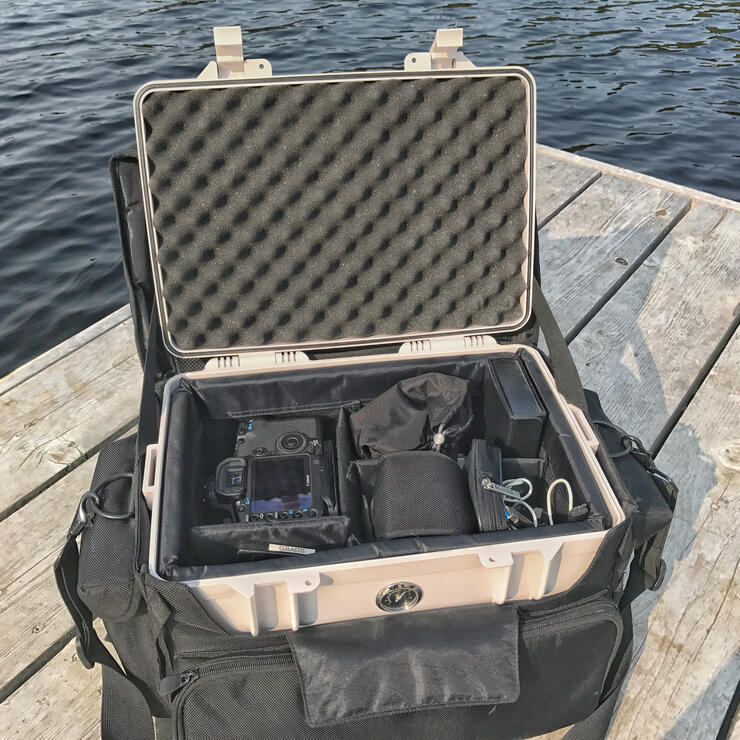
I simply secure it behind the seat with its own carrying strap. Any Pelican or other brand hard case that is certified watertight will suffice, but without the bag and carrying straps on them, cases are awkward to secure in the canoe and to portage.
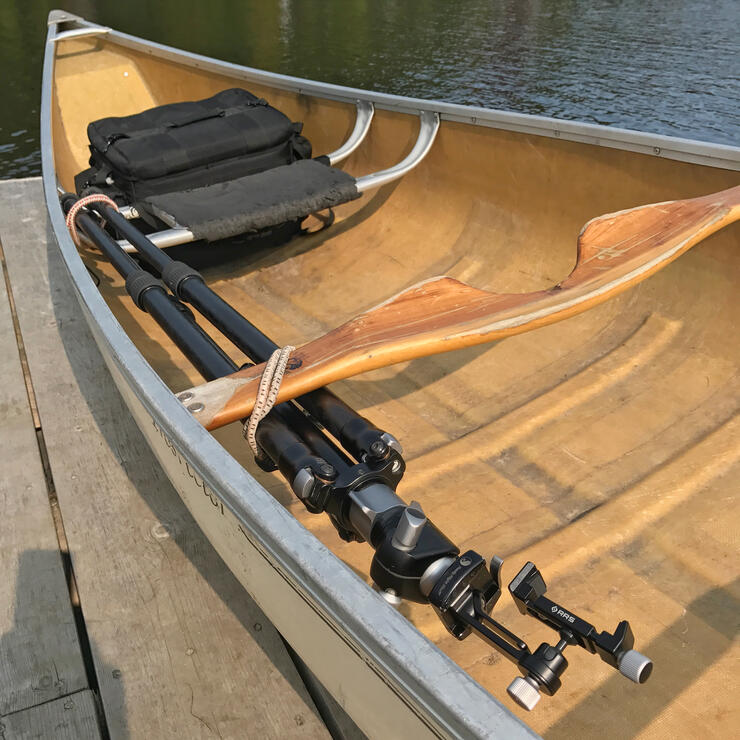
I use bungee cords to secure my tripod. If the canoe ever tipped, the tripod and the case would stay with the canoe.
If you feel the need to take photos from the canoe—and let’s be honest, most of us do—make sure you at least use a good quality carrying strap so your camera won’t be lost if it slipped from your hands.
Managing Power and Moisture
There are a couple of issues that came up for me when I started doing these isolated location trips. The first is power and the second is moisture.
DSLRs grind through batteries if you aren’t careful. You can easily limit the number of batteries you will need by:
- Making sure your batteries are in good shape and fully charged before you go
- Reducing the time photos display on your camera’s screen after being taken
- Lowering the screen brightness
- Avoid viewing your images any longer than absolutely necessary
- Being selective about the photos you are take
I can usually keep to one and a half batteries a day if I’m careful. With the cost and effort of getting to your location, the price of taking a couple of extra batteries is comparatively small.
Moisture can be a problem if there is rain, or even if temperatures and humidity are issues. I have saved the desiccant silica packs from electronics for several years, and I keep a bag of them in my case at all times. If it is raining, keeping your gear dry can be a challenge. I have a goofy-looking umbrella that clamps on my tripod. It looks ridiculous, but I’ve shot safely in the pouring rain, so it’s worth the ribbing you will inevitably get from your camera buddies.
Keep a few small towels in your camp kit and dry everything as thoroughly as possible. If temperatures permit and you have an outer section on your tent, it’s not a bad idea to keep your camera out there overnight. Tents get notoriously humid from your respiration.
FINDING THE BEST LOCATION AND TIME TO SHOOT
I highly recommend working a single location like Hailstorm for a few days. Both wildlife and landscape photography are largely about being in the right place at the right time, and learning a location is key to capturing the trophy shots we all love to have.
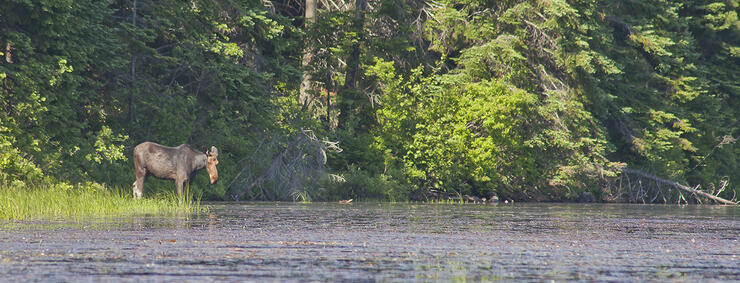
The moose pictures were taken on my third morning of my trip, when I had figured out where I had to be to capture the image without disturbing the moose. No picture is worth stressing; an animal and others will thank you when they too get to see the animal in its natural habitat.
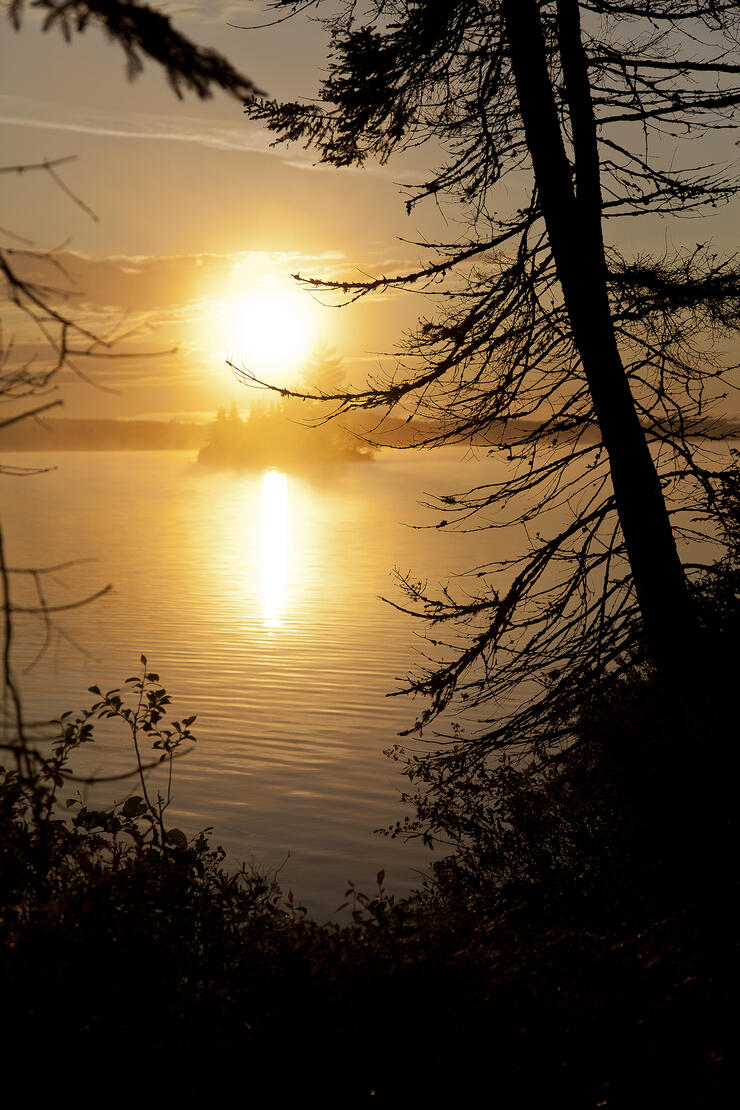
I find that dawn is the most productive time of day for its dramatic light and for wildlife. Early in June, that can mean being in a canoe by 4:30 am to get a spot on the point near the mouth of the creek, or to paddle up into the creek to find a spot.
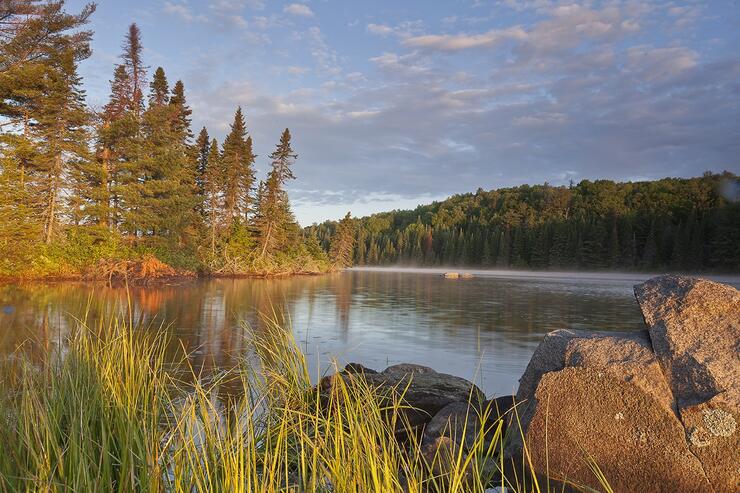
I usually shoot in the sweet light until around 9:30 am and, believe me, it flies by. The light changes constantly, different animals and birds come and go, and you will move around a bit. I take a snack along. There is nothing worse that being driven off a great location by hunger.
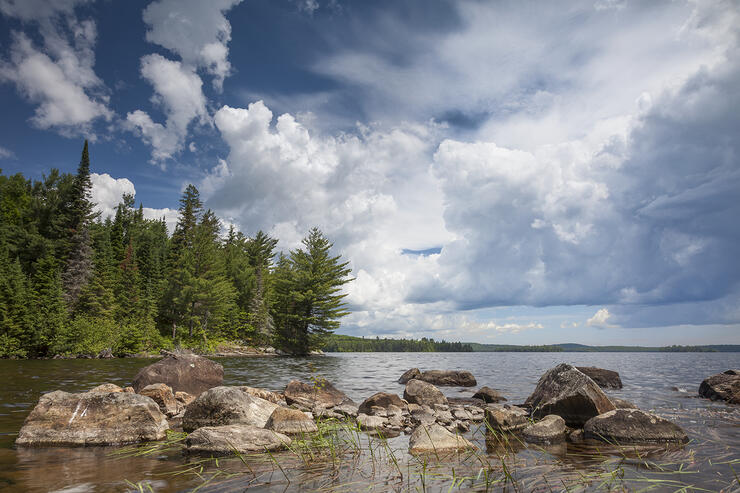
After a nap, the early afternoon can present some interesting light and of course, sunset can be as nice as sunrise. You won’t have to worry about what to do around the campfire if you are there in June. You will be asleep before it’s completely dark.
PLAN YOUR WILDLIFE PHOTOGRAPHY ADVENTURE
When To Go To Hailstorm Creek
The lakes open in early May, as soon as the ice is gone. Some years, opening is delayed by a week or so, and you should check before heading up. The outfitters will know if you can get onto the lake.
From the end of May until mid-June, black flies are an issue. Some years there are almost none but sometimes, like last year, they make it very difficult to enjoy your photography. From breakup of the ice until the flies, there are usually two or three weeks of very nice weather.
The rest of June is nice, but in the evenings mosquitos can be bothersome; however, that is still my favourite time at Hailstorm. The evergreens have their new buds of needles and everything is crisp and new. Best of all, the moose are most plentiful at that time of year. They are shy and once they get disturbed a few times, many of them move back into more remote areas.
July and August are the busy months in the park. It’s not unusual to have all the campsites booked in advance. September and October are lovely times in Algonquin. The leaves turn around the end of September and weekends are quite busy, but during the week it’s usually very pleasant. The outfitters stop their service around the third week of October, and by then virtually all the leaves will be gone and it’s very grey in Algonquin. It’s still very beautiful and you get some lovely pastel light, but it’s not my first choice for a time to visit Hailstorm. The water plants are gone and it’s just not as pretty as it is earlier in the season.
Getting There
Lake Opeongo and the docks are reached by car on paved road off Highway 60, the main corridor through the south side of Algonquin Park. There is a large sign beside the road pointing you toward the lake. It’s about three hours from Toronto and 2.5 hours from Ottawa.
Both Outfitters work from the docks of Access Point #11 on Lake Opeongo. The GPS location is: 45.6356°, -78.3603°.
Parking is available when you arrive at the lake. You will need interior camping permits that you can purchase at the permit office on the docks if you haven’t booked in advance.
Getting An Ontario Park Backcountry Permit
Backcountry permits can be purchased six months in advance of the date you would like to travel. For the summer months, it’s highly advisable to book early.
Remember that you can only designate the lake you want, not the specific site. Use the online Ontario Parks service at https://reservations.ontarioparks.com. Select backcountry in the first box, and follow along to complete your reservation.
Outfitters And Water Taxi Service
Both Opeongo Outfitters and Algonquin Outfitters Opeongo Store rent canoes and equipment for your trip and operate water taxis. Opeongo Outfitters use classic cedar strip boats, and Algonquin Outfitters have aluminium boats that work just as well.
So plan thoroughly, take the right equipment and you will have the photography trip of your life.
Recommended Articles

Explore the Slate Islands

Easy River Tripping
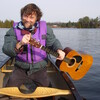
Songs About Canoeing
The Spanish River
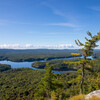
Killarney’s Most Beautiful Lakes
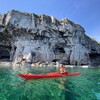
Ontario’s Blue-Water Lakes
Ontario’s Moose Hotspots
Sun and Sand
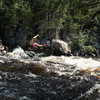
The Steel River
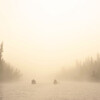
Escape the Crowds
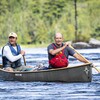
Quetico’s Best Canoe Routes
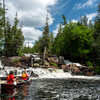
Canoe Trips in Lady Evelyn-Smoothwater
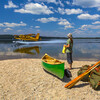
Best Fly-in Canoe Trips
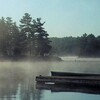
Best Places To Canoe Trip
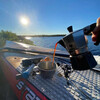
Best Paddleboarding in Sudbury
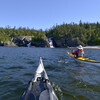
Paddling the Pukaskwa National Park Coast
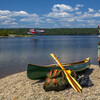
Temagami Canoe Trip Guide
Spectacular Rivers
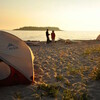
remote Island getaways
